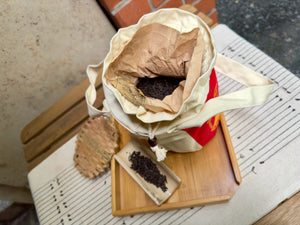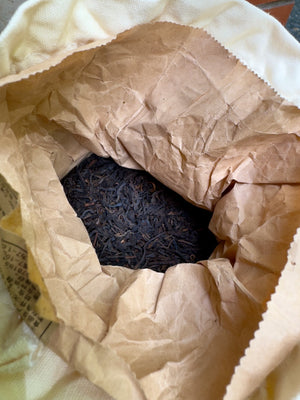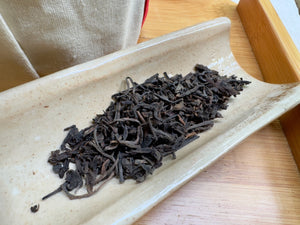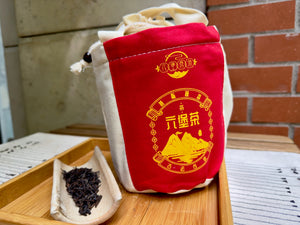
Liu Bao
Tax included
Shipping calculated at checkout
In stock
Pickup currently unavailable
Liu Bao – basket-aged, traditional heicha from Guangxi
Liu Bao (六堡茶) is a classic of Chinese heicha – post-ripened teas – originating in the Wuzhou area of Guangxi Province. It is traditionally aged in bamboo baskets, giving it a distinctive, “clean and deep” character: a silky body, an earthy-sweet base, a camphoraceous coolness and a distinctive betel nut (binlang) aroma. A good Liu Bao produces a soothing, long-lasting, reliably clean cup – an ideal everyday “comfort tea”.
Taste and aroma profile: cedarwood, dry ash and earthy, clean sweetness; camphorous, cooling finish; dried dates, light cocoa/tonka bean, a hint of herbal-resinous tones. The sip is dense, silky; the finish is long and smooth.
Origin & Processing: Guangxi, China – large leaf Camellia sinensis var. assamica . The tea is “ripened” by wo dui (wet heaping) fermentation after withering and sha qing (enzyme inhibition), then dried and post-ripened in baskets in natural air. The classic style aims for a clean, cool-camphoric, deeply sweet profile, without smoke.
Why it's so lovable? Extremely "forgiving" - doesn't get bitter easily, can handle multiple infusions. Works well in gongfu, Western method, and thermos. A relaxing, stable tea that is rewarding for beginners and gives advanced users many subtle layers of storage/maturation notes.
Preparation suggestions
Asian (gongfu) method: 6–7 g / 100–120 ml gaiwan or small pot, 98–100 °C water. Short rinse 5–10 sec (awakening), then 1st pour 10–15 sec; gradually increase the time thereafter. 8–10+ pours easily. Tip: porous clay pot (Yixing/Nixing) gives an even rounder body.
Western method: 3–4 g / 300–350 ml, 95–98 °C, 2.5–3.5 min. ±30 sec. to taste. Can be re-soaked 1–2 times; the cup remains clean and silky.
Cold brew: 8–10 g / 1 l filtered water, 8–12 hours in the refrigerator. Result: very clean, smooth sip, low tannin, slightly cocoa-date sweetness.
Useful tips
Water: low mineral content water brings out the purest aromas. Maturation: if the batch is fresh, 1–2 weeks of airy maturing after opening can give an even cleaner profile. Storage: in a dry, odorless place, protected from direct light; pleasantly rounded in the medium term.
Pairing: roasted seeds, lightly salted biscuits, dark chocolate; excellent after-meal tea on cool days.

Personal contact
Our teas don't come from wholesale warehouses or unknown sources. We travel to the small producers we source from – whether it's a Japanese family tea garden, a Chinese mountain village or an oolong maker in Taiwan.
Stories
We meet them in person, learn their story, see how they care for their plants, and how they process the fresh leaves.
These experiences are the soul of our teas. This way, not only is the quality guaranteed, but also the fact that behind each cup there is a real person, a real story.
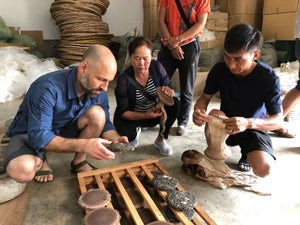
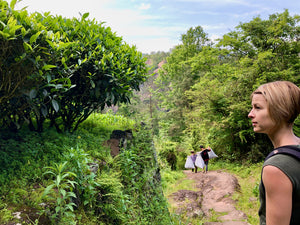
Direct
This direct relationship is valuable to us. Not only because of the excellent tea, but because we believe that trust, respect and personal presence are what make the tea drinking experience truly special.
Teavolution Tea Blog
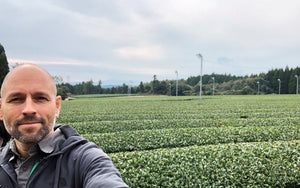
Oct 2, 2025
Sencha tea
Read more
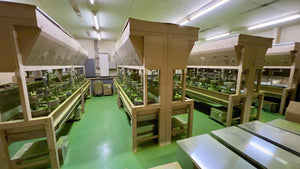
Sep 21, 2025
Matcha hiány Japánban
Read more
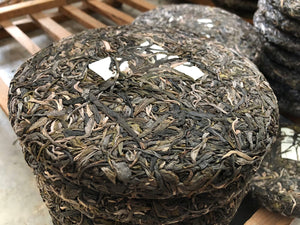
Mar 18, 2025
Puer tea, puerh or pu-erh
Read more
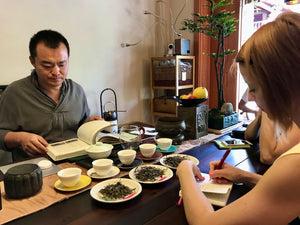
Mar 18, 2025
Types of tea
Read more
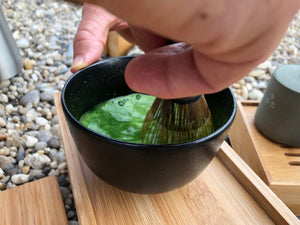
Mar 18, 2025
What is matcha tea?
Read more

Mar 18, 2025
Oolong tea (Wulong tea)
Read more

